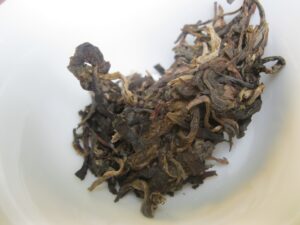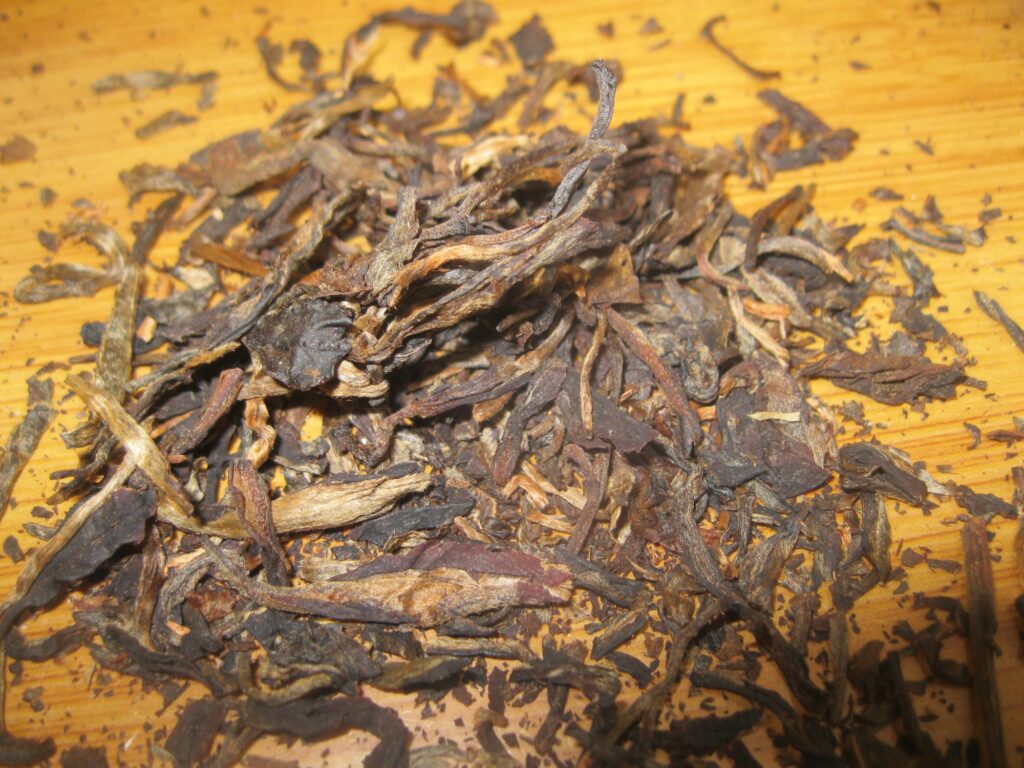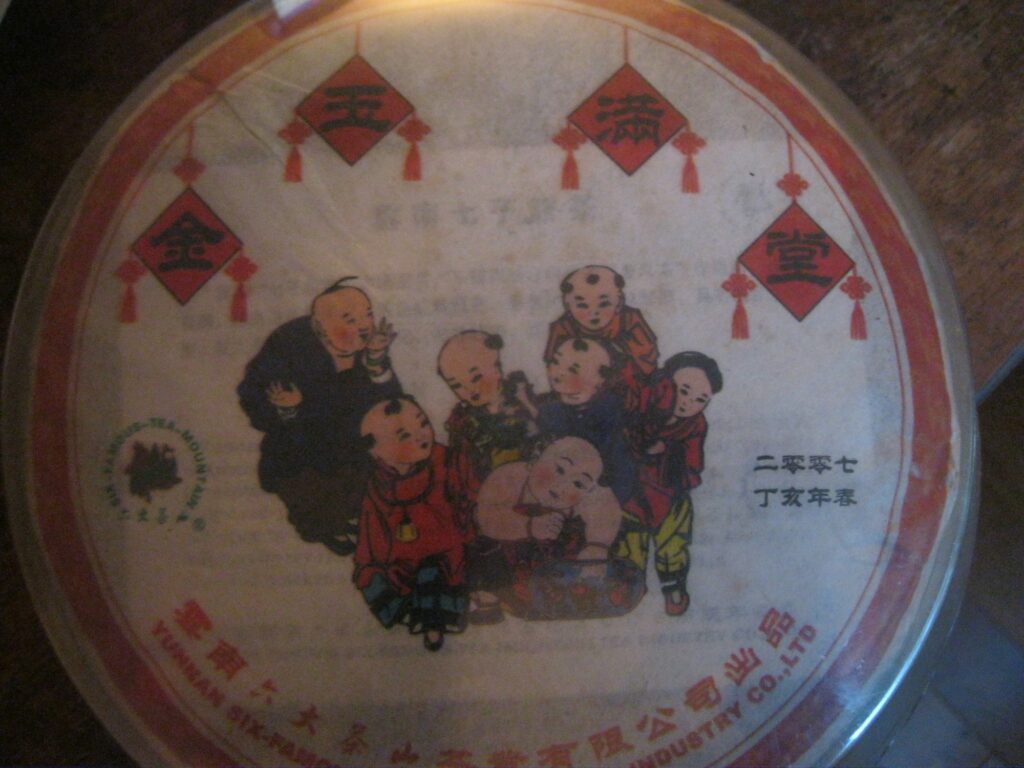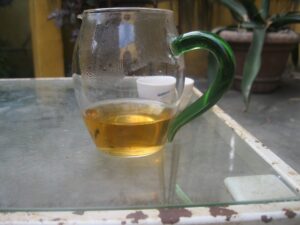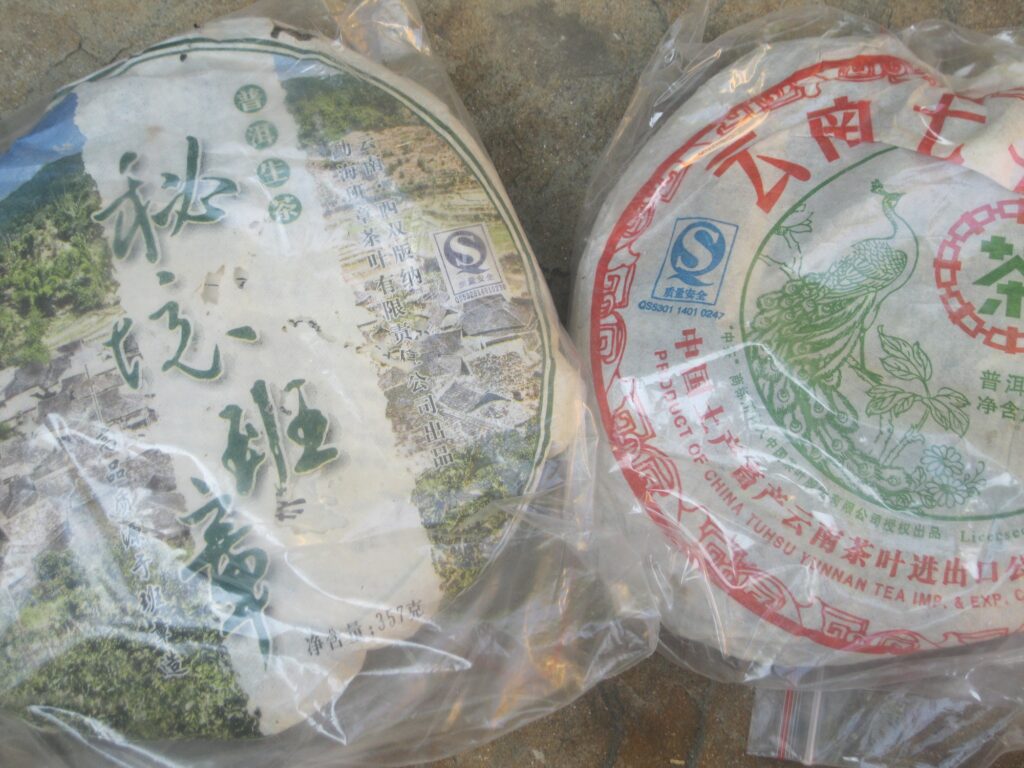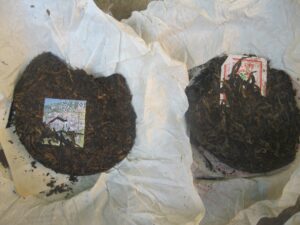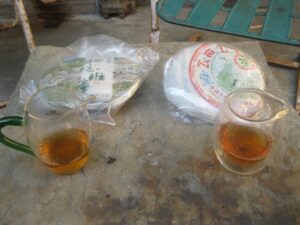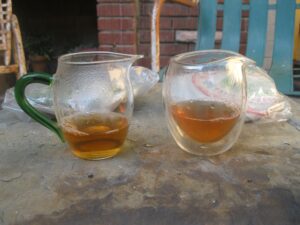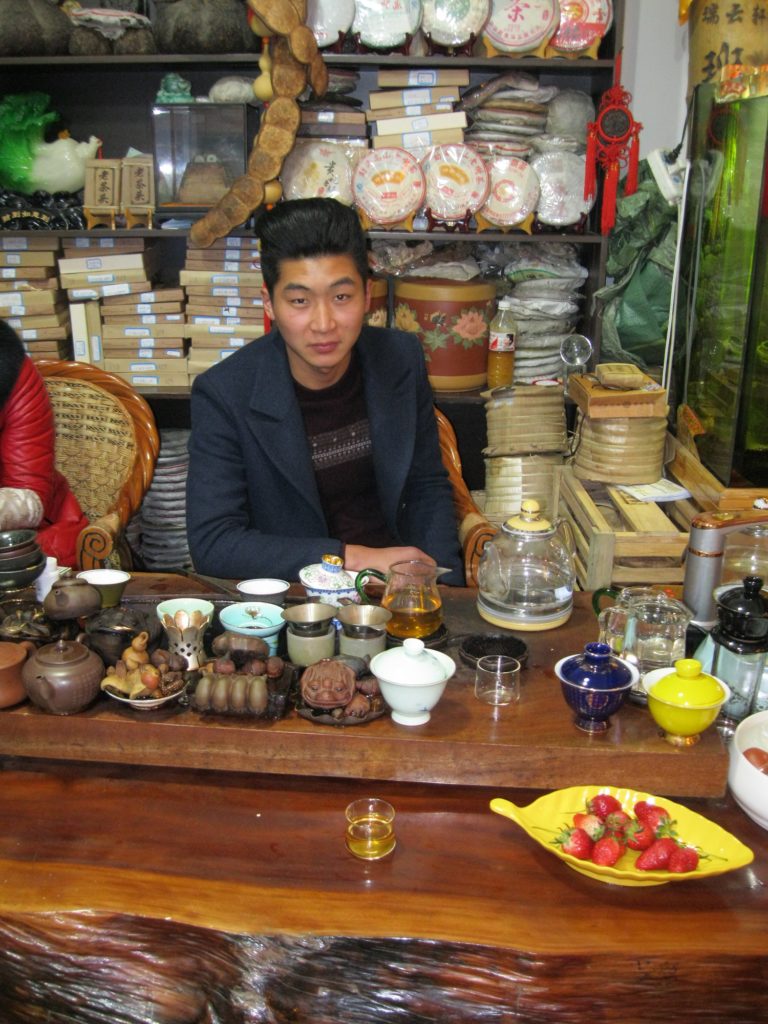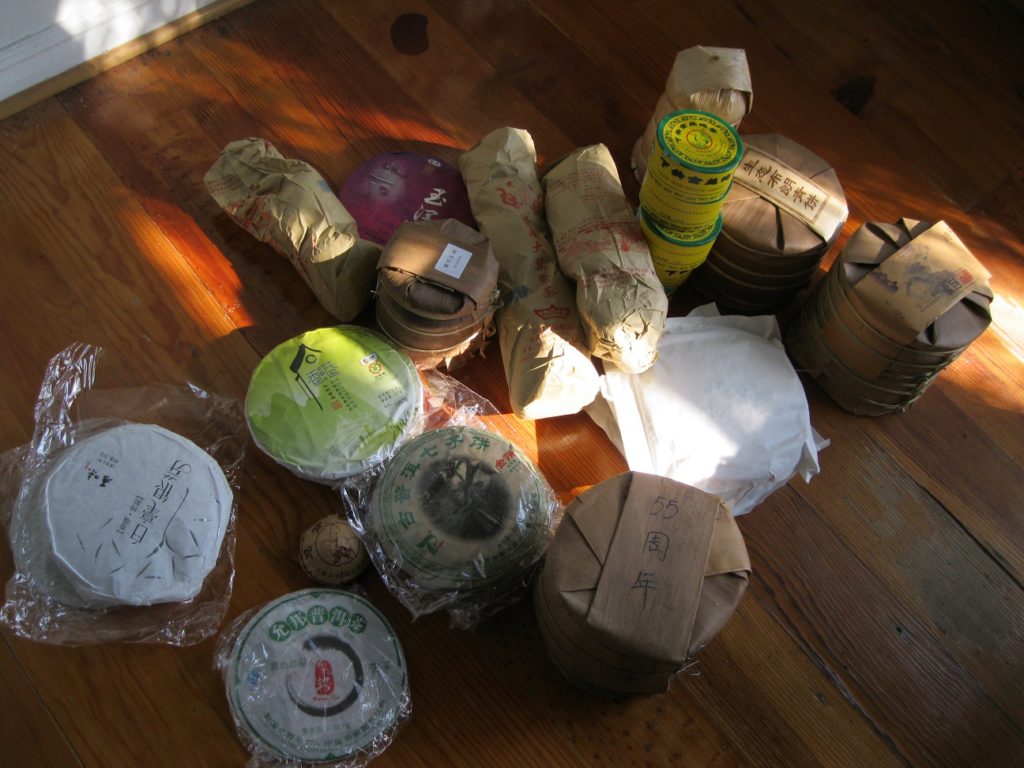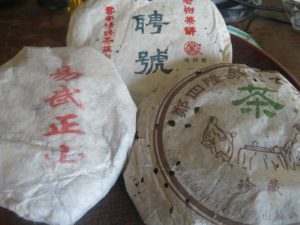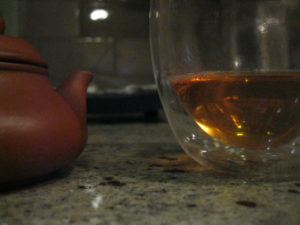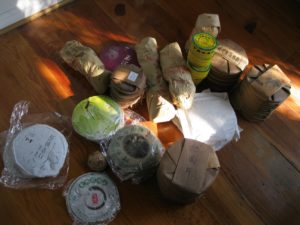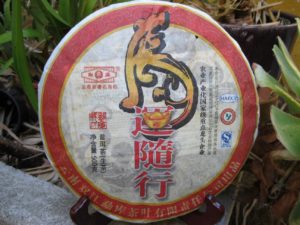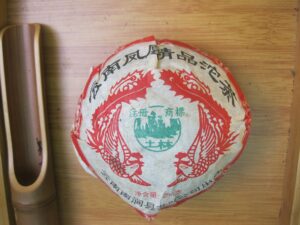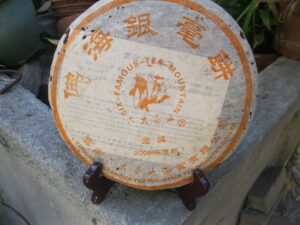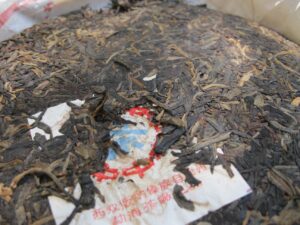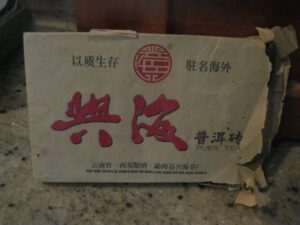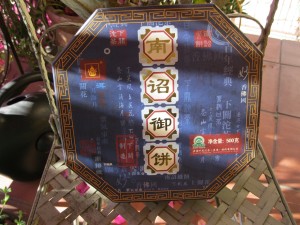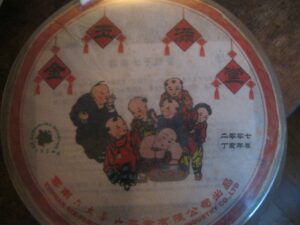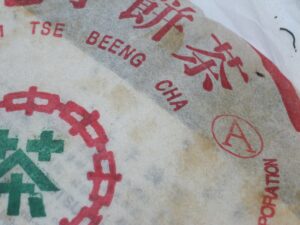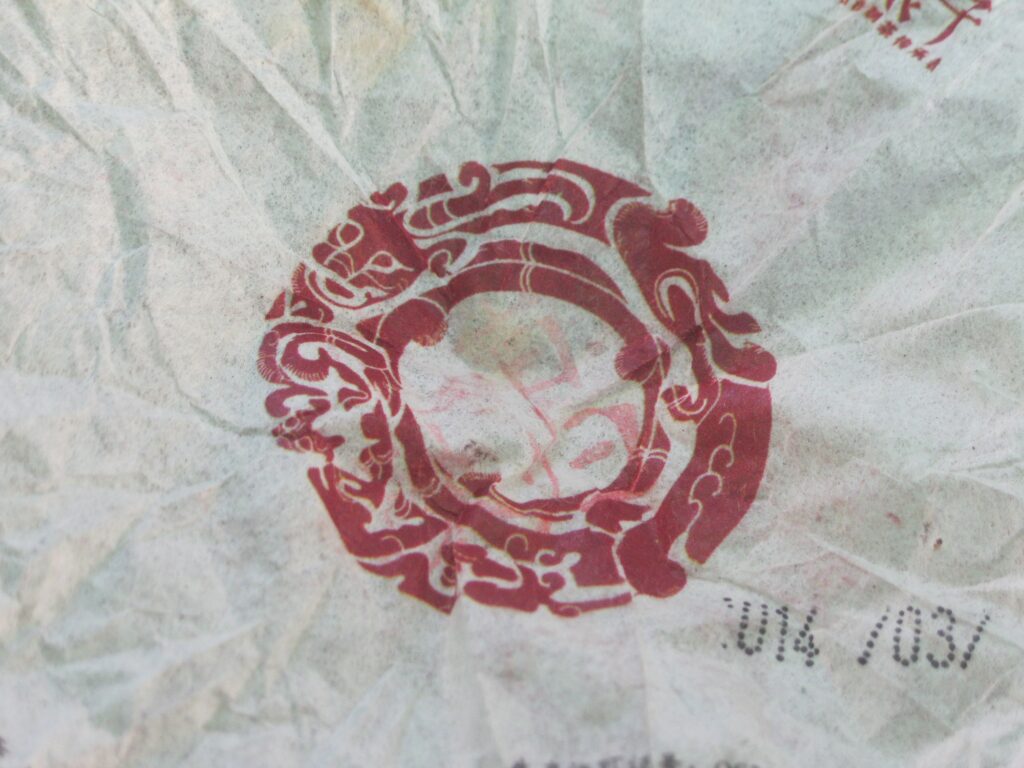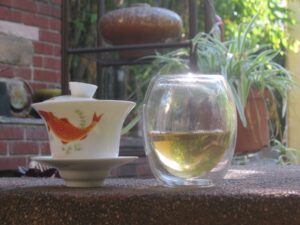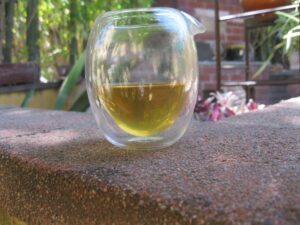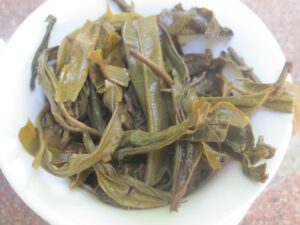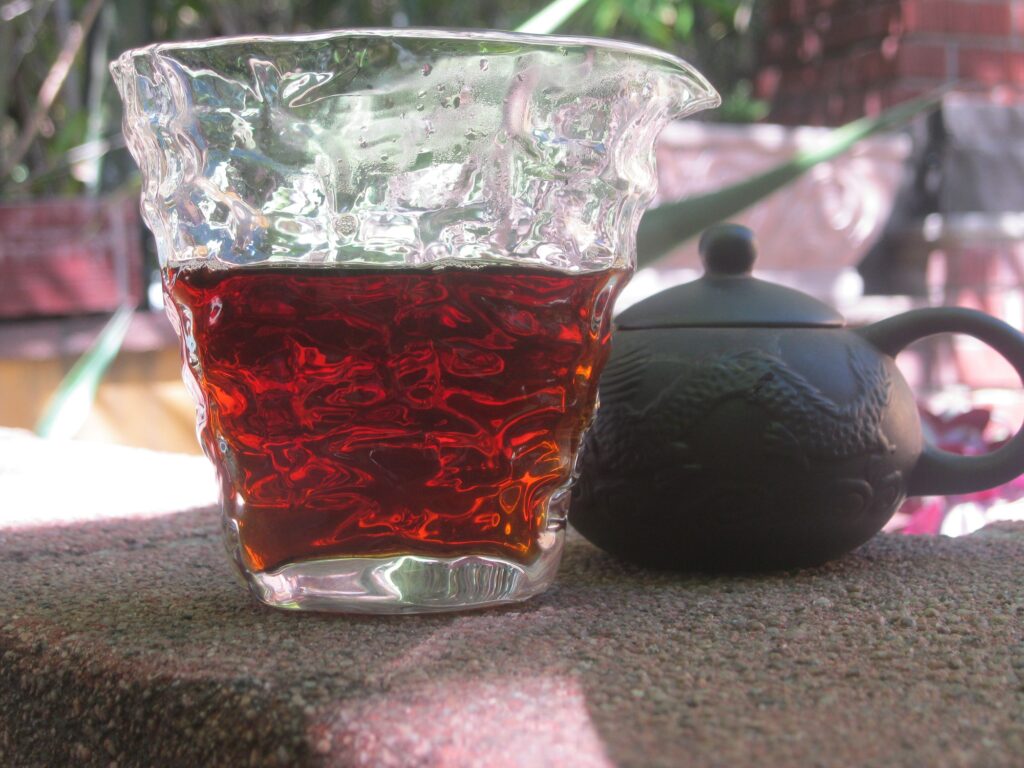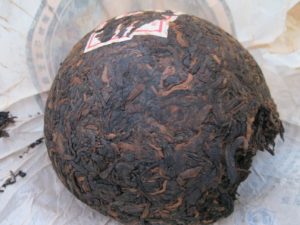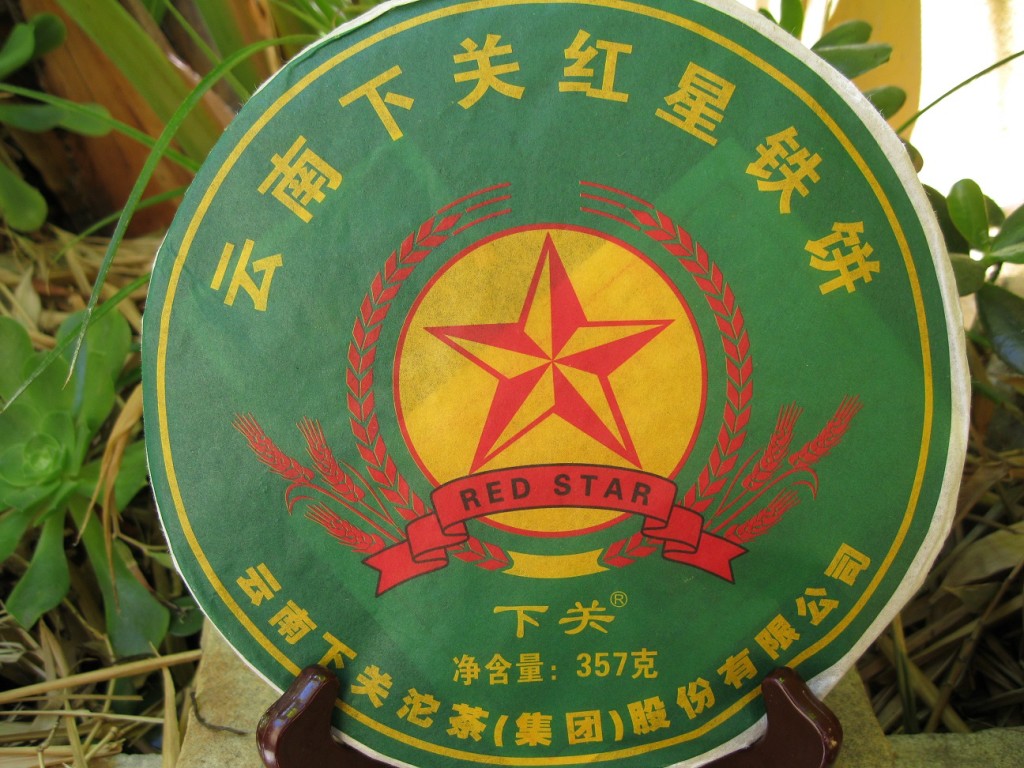Puerh Rating: 14 Jade Mark
Here’s the first of many Puerh Junky Rating System (PJRS) entries, this time on the ’14 Jade Mark, ZC. After the three rounds its total was as follows:
- Aroma 10
- Clarity 14
- Sweetness 14
- Viscosity 10
- Astringency 9
- Huigan 11
- Qi 8
The ’14 Jade Mark is a downright convivial young raw puerh. Between its aging and proper brewing it produces a well above average drinking experience. I recently heard Mozart’s piano described as sunshine. That’s very much the Jade Mark. Ditzy and playful, but good!
Key to ideal brewing of this production is quick infusions with water temps around 195. Using this approach I was able to get nine flavour-packed infusions without pushing the leaves in the least. Cooler water allows for a bit more time in the bath. The longest bath was possibly 10 s.
Agitating the leaves with the lid in no way affected the clarity of the broth.
As far as young raws from big factories I’ve tasted, the Jade Mark is one of the best. Compared to the Horse from the same year, it is light years sweeter. It is perfectly good for drinking now and will only get sweeter over the next 6-10 yrs before transforming. Find other reflections on this treasure.
Total 74/105, B


